The connect kinetic rate equation for the addition-elimination mechanism of nucleophilic aromatic substitution
A
rate = k [aryl halide][nucleophile]
B
rate = k [aryl halide]
C
rate = k [aryl halide][nucleophile]2
D
rate = k [nucleophile]
Text Solution
The correct Answer is:A
|
Topper's Solved these Questions
- HALOALKANES AND HALOARENES BOOK - DISHA PUBLICATIONCHAPTER - HALOALKANES AND HALOARENES EXERCISE - Exercise-1:Concept Builder(Topicwise)(TOPIC 4)(Some Important Polyhalogen Compounds)
13 Videos
- HALOALKANES AND HALOARENES BOOK - DISHA PUBLICATIONCHAPTER - HALOALKANES AND HALOARENES EXERCISE - Exercise -2 : Concept Applicator
28 Videos
- HALOALKANES AND HALOARENES BOOK - DISHA PUBLICATIONCHAPTER - HALOALKANES AND HALOARENES EXERCISE - Exercise-1:Concept Builder(Topicwise)(TOPIC 2:)(Preparation and Properties of Haloalkanes)
34 Videos
- GENERAL PRINCIPLES AND PROCESSES OF ISOLATION OF ELEMENTSBOOK - DISHA PUBLICATIONCHAPTER - GENERAL PRINCIPLES AND PROCESSES OF ISOLATION OF ELEMENTSEXERCISE - EXERCISE -1: CONCEPT APPLICATOR
35 Videos
- HYDROCARBONSBOOK - DISHA PUBLICATIONCHAPTER - HYDROCARBONSEXERCISE - EXERCISE -2 CONCEPT APPLICATOR
29 Videos
Similar Questions
Knowledge Check
Which represents nucleophilic aromatic substitution reaction ?
AReaction of benzene with Cl2 in sunlightBBenzyl bromide hydrolysisCReaction of NaOH with dinitrofluorobenzeneDSulphonation of benzeneWhich represents nucleophilic aromatic substitution reaction ?
AReaction of benzene with Cl2 in sunlightBBenzyl bromide hydrolysis with waterCReaction of NaOH with dinitrofluoro benzeneDSulphonation of benzeneWhich of most reactive towards nucleophilic aromatic substitution.
A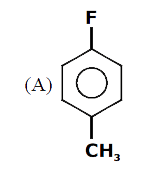 B
B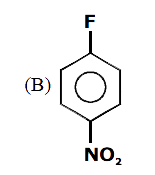 C
C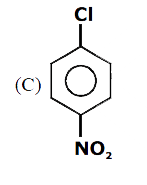 D
D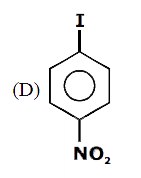
The rate determining step in electrophilic aromatic substitution is the
View SolutionWhich of the following will not undergo nucleophilic aromatic substitution ?
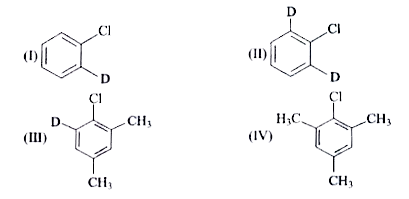
View SolutionWhich of the following will not undergo nucleophilic aromatic substitution ?
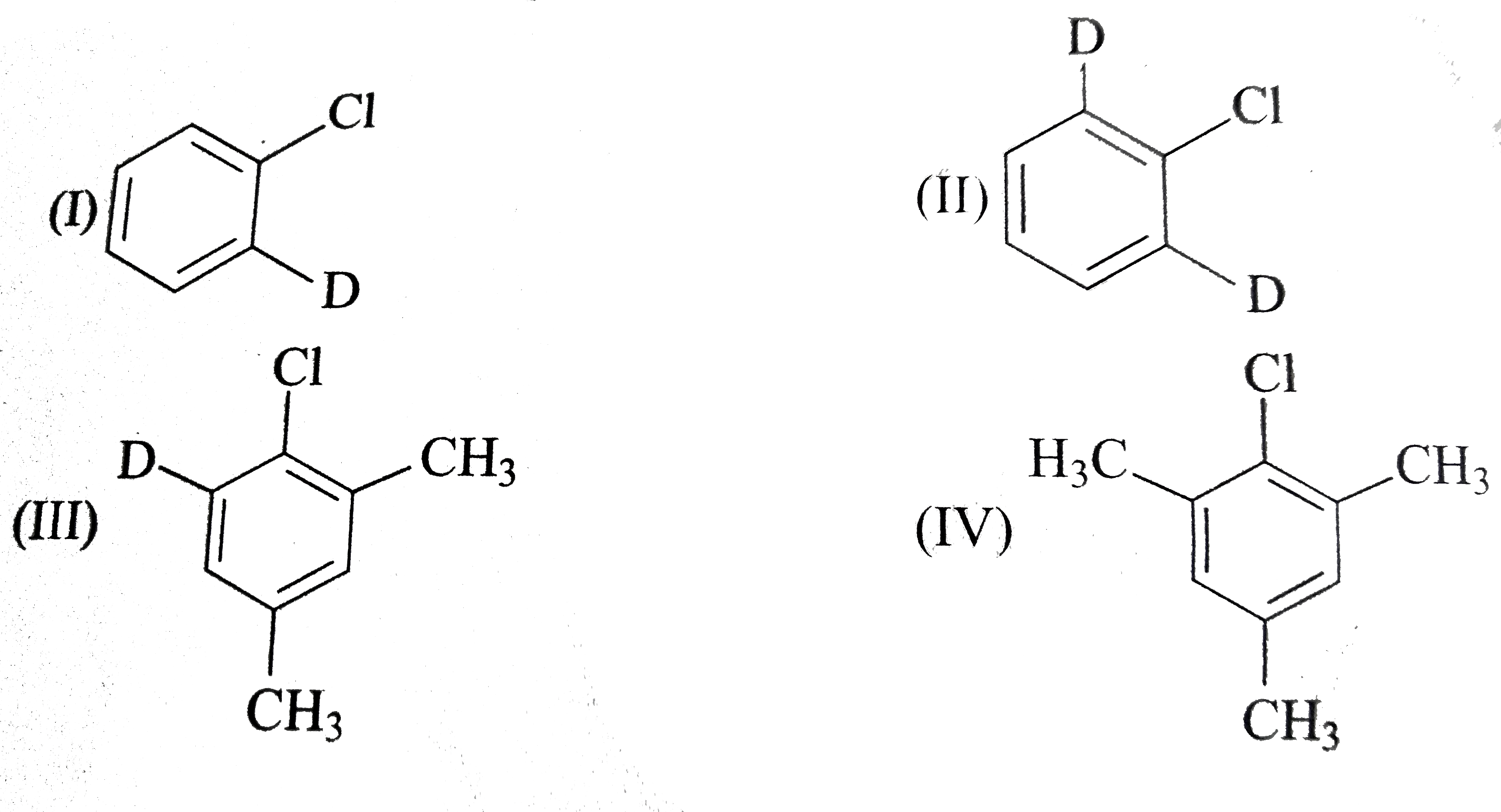
View SolutionArrange the decreasing order of rate of electrophilic aromatic substitution

View SolutionThe rate determining step in electrophilic aromatic substitution is the
View Solution

